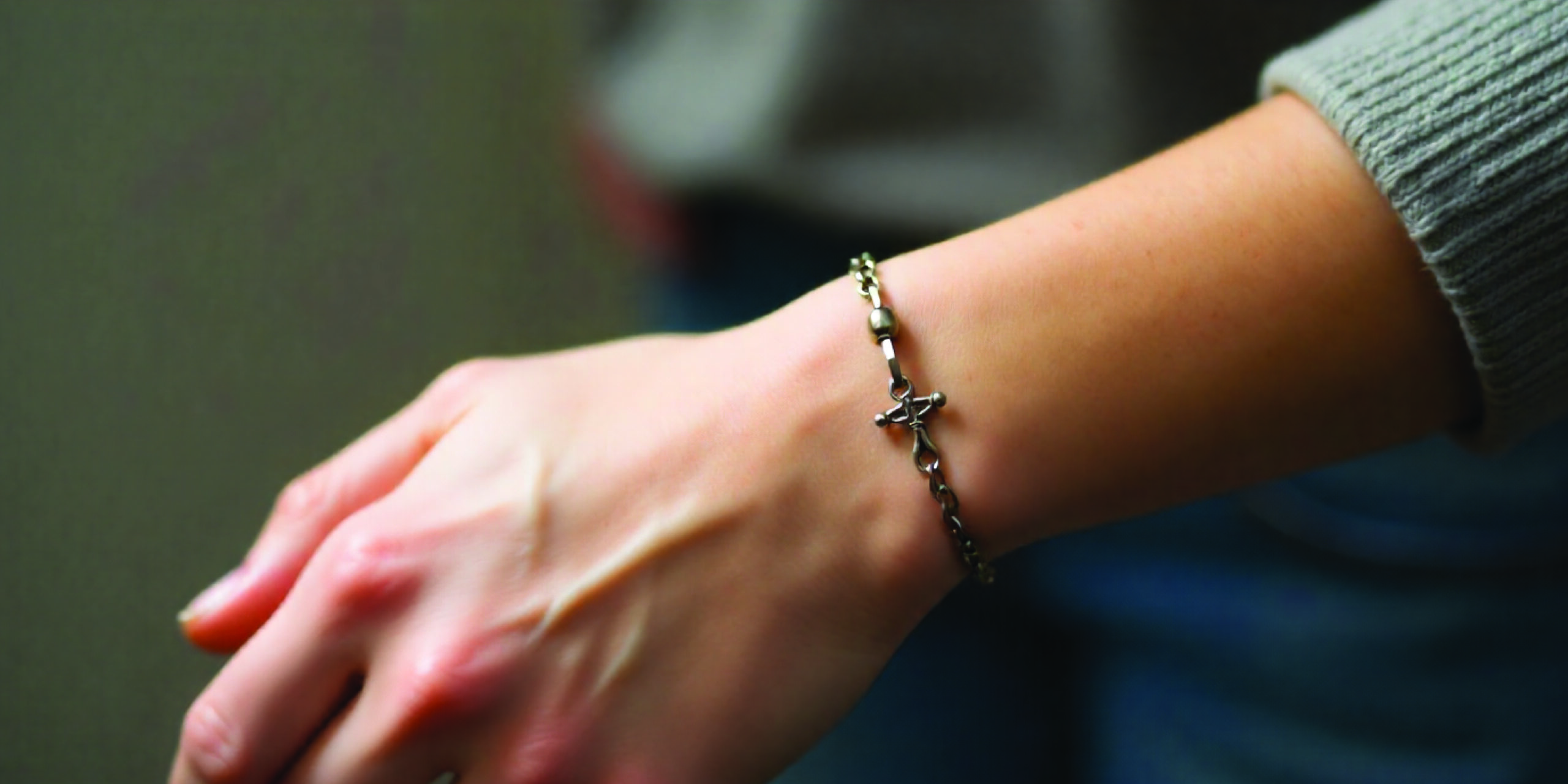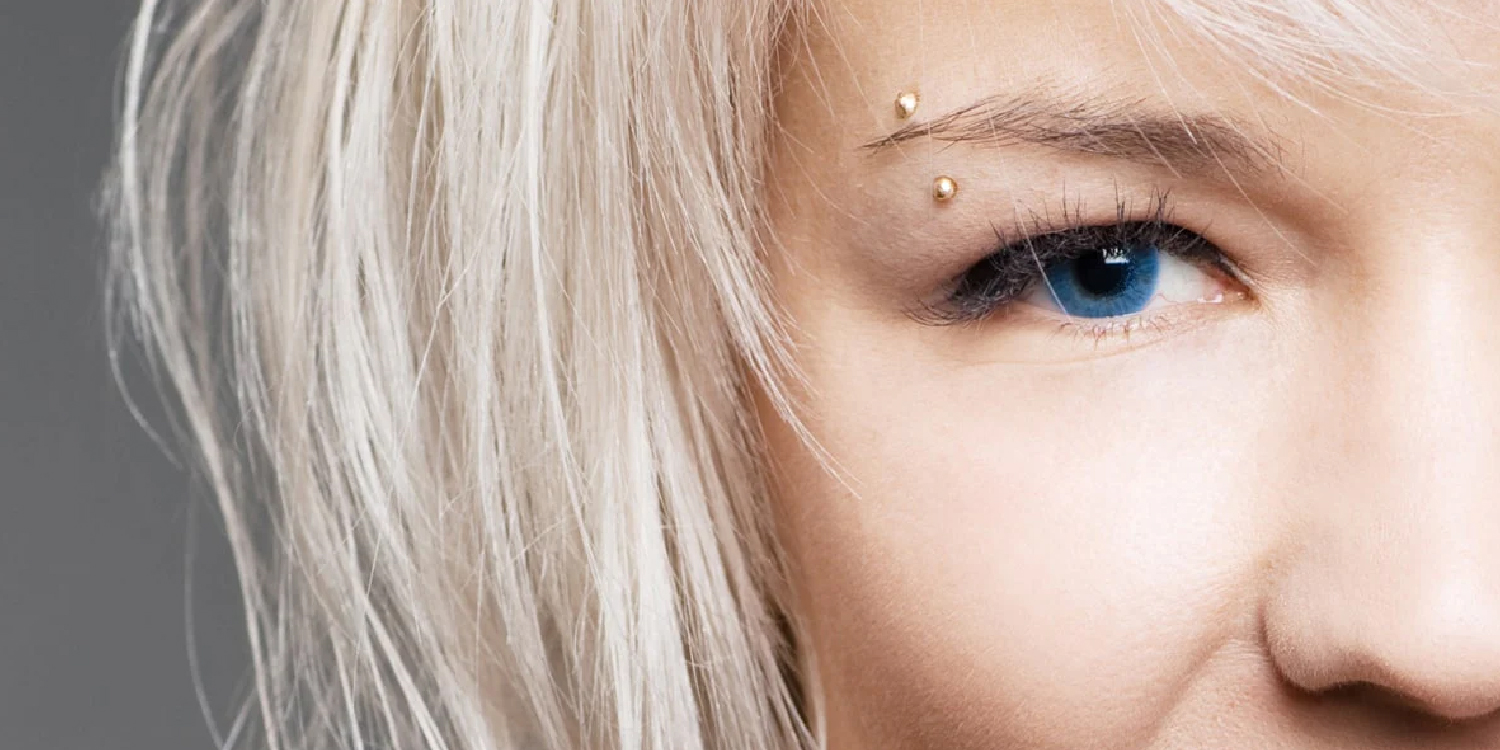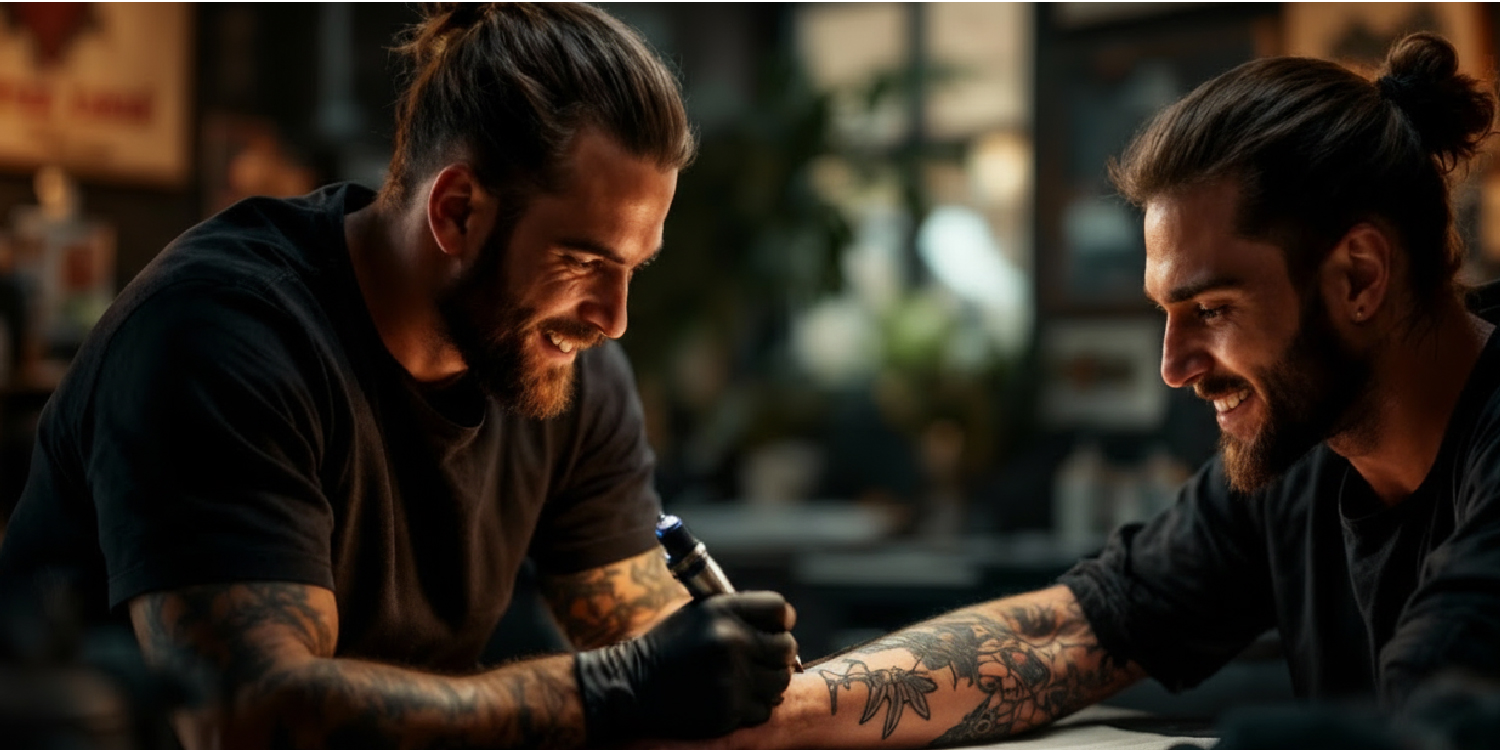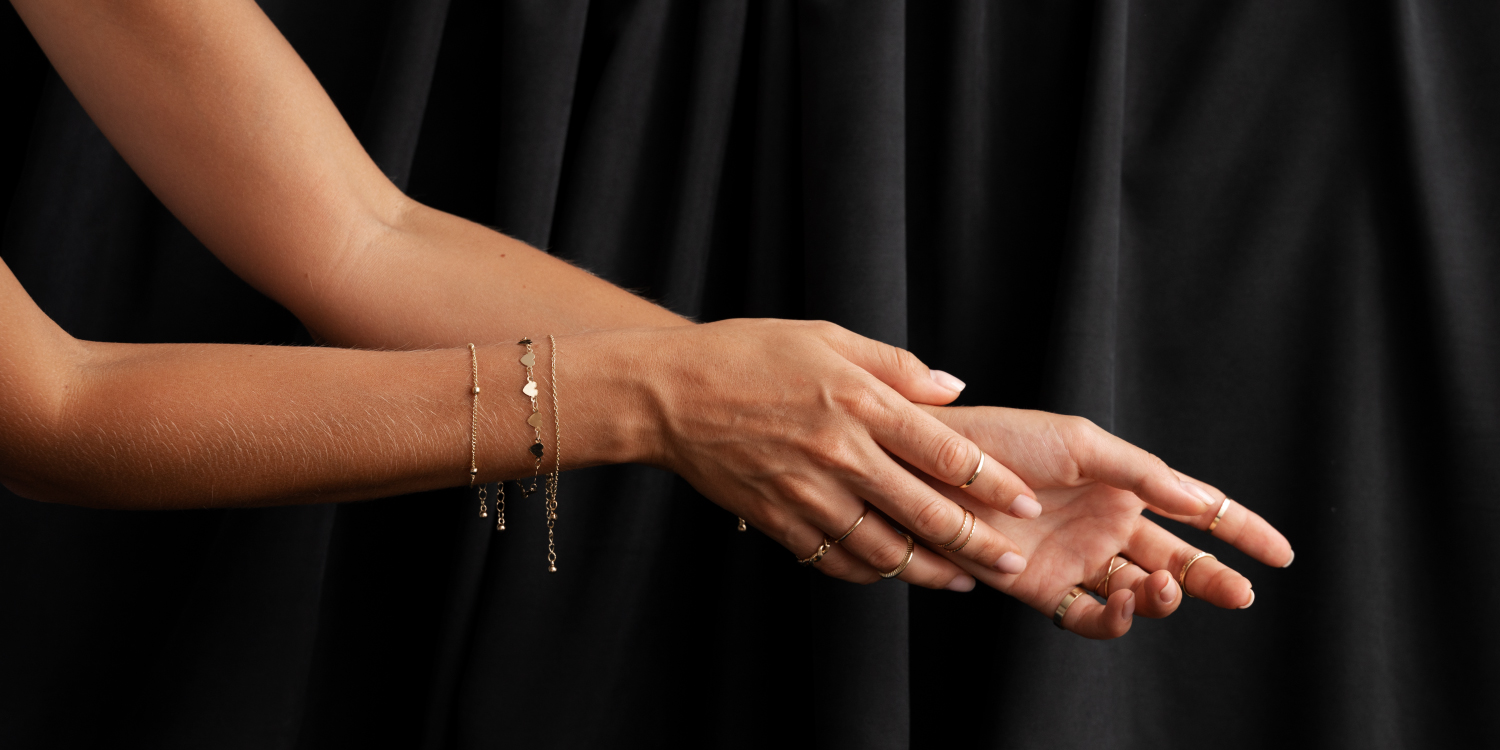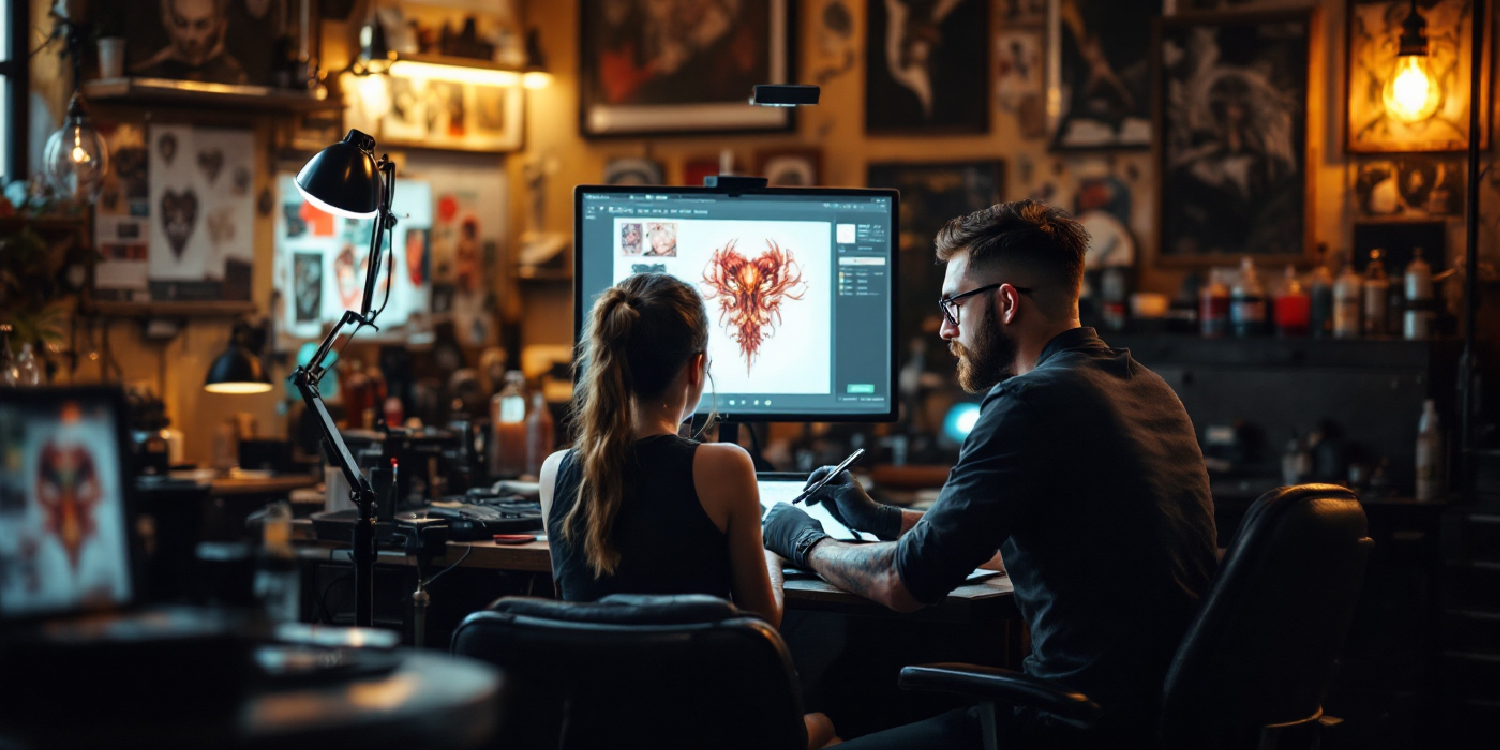If you are on Instagram or TikTok, chances are you have seen perm bracelets on influencers and celebrities. They are fast becoming Gen Z’s low-key act of commitment.
Permanent bracelets, aka Perm bracelets, are trending. They are custom-fit bracelets that are micro-welded onto the wrist with no clasp and cannot be removed. Perm bracelets enhance your aesthetics and are a constant reminder of something or someone precious. they are emotional tokens that you carry on your body. They are representative of the minimalistic trend where less is really more.
What if this current trend is not so new after all? Though it is a current trend, it has its roots in old civilisations. Evidence shows that many cultures in the past had permanent jewellery as a symbol of status, position, marriage, protection, and more.
In this blog, we will dive into the cultural and historical roots of perm bracelets.
Ancient Beginnings: The Origin of Perm Bracelets
Permanent jewellery can be traced back to ancient civilisations. This modern trend has been around for ages and is far more than just decorative pieces.
Ancient Egypt
The earliest traces of permanent jewellery are in ancient Egypt. We have seen the images of ancient Egyptian kings and queens adorned with necklaces, cuffs, armbands, anklets, etc. Gold was very revered in their culture. It was considered the “flesh of the Gods”. People of status adorned themselves with gold cuffs, amulets, and wide bracelets. Jewellery wasn’t just fashion for the ancient Egyptians; it had spiritual connotations. They were believed to protect their souls on earth and in the afterlife. Some of the cuffs and armlets were so snugly fitted that they were akin to perm bracelets. They symbolised wealth, immortality, and a connection to the divine.
Indigenous Cultures
From America to Southeast Asia, bracelets and bangles have served as symbols of social, spiritual, and family identity. In many of these cultures, bracelets made of metal were worn as talismans. They were believed to offer protection from evil spirits and misfortune. They were gifted in special ceremonies at life events, like birth, marriage or initiation ceremonies. It was believed that removing them could disrupt the balance between the physical and spiritual worlds. They were thus never removed. This is akin to perm bracelets of today.
India
In India, bangles are symbols of sacred feminine energy and prosperity. Indian women wear bangles made of glass, metal, and gold. Bangles were part of the daily attire, especially after marriage. This practice is still prevalent in rural and traditional settings. Married women always wore bangles, with some styles being worn until they naturally break, much like the concept of perm bracelets.
Indian women traditionally wear a chain with a customised locket to symbolise their marital status. These are never removed until the passing of the spouse.
African Tribes
Among many African tribes, especially those of West and Central Africa, arm cuffs were used as symbols of rites of passage from singlehood to marriage. They can be permanent or semi-permanent. These metal cuffs were worn tightly around the arm or wrist and never taken off. Young girls in some communities were given metal bands at puberty and had to sport them well into adulthood. They served as testaments to their growth and endurance. The origin of perm bracelets can be traced back to traditions such as this.
All these cultures have hints of the modern perm bracelets and what they stand for.
Jewellery and Identity
From ancient times, jewellery has not just been a form of decoration. It is more a form of identity. Many cultures had jewellery that was not removable. This was done by design to symbolise some special meaning.
Celtic torc had rigid neck rings, which were worn by warriors and nobles. They were designed to be worn permanently or for very long periods. They represented loyalty to the tribe, strength, and status.
The Masai of Kenya and Tanzania wore beaded jewellery that was deeply symbolic. Necklaces, cuffs, and earrings were worn to convey gender, age, marital status, and clan identity. Some pieces were worn throughout life.
In many African, South Asian, and Indigenous American tribes, metal bangles and cuffs were given at initiation, marriage, or birth. They were rarely removed.
Jewellery was representative of gender, social class, profession, and spiritual role. Perm bracelets are much like that. They communicate something personal and are permanent.
Sentiment vs Symbolism
Historically, jewellery has been used to indicate meaning, emotion. They have also been used as protective or sentimental talismans.
Talismanic bracelets were usually made of copper, silver, or featured the evil eye. They were worn for protection from harm, illness, or evil spirits. They were permanently worn.
In many cultures, bangles or anklets were exchanged in engagements and marriages. In Indian and Middle Eastern traditions, they were meant to be worn forever to represent everlasting love and union.
Baby bracelets are common in many cultures. They are often gifted at birth and epitomise safety, blessings, and belonging.
Perm bracelets of today are also worn to epitomise an emotional moment, like friendship, a loss, or a milestone. The idea of ‘locking in’ an emotional moment has an ancient precedent. These sentiments are echoes of the generations before us.
Ancient Techniques vs Modern Welding
Different cultures used different techniques to secure permanent jewellery.
Forging
Metalsmiths used to forge jewellery directly onto limbs to fit snugly. It was impossible to remove them without cutting or breaking.
Soldering
Gold or bronze pieces were curated to close fully around the wrists, ankles or neck. They were sealed during ceremonies.
Weight and Size
Some permanent ones were too tight or too symbolic to remove. They became part of daily life.
Today, perm bracelets are secured with modern micro-welding, where the ends of the chain are fused directly to the skin safely. It is a pretty quick process and totally painless.
The Resurgence
Post-pandemic, people have been on the lookout to add meaning to moments and relationships. People are looking for ways to tell their stories in subtle yet permanent ways. They do it with intention and sentiment. Lasting and meaningful objects hold more meaning than transient things.
The rise of minimalism and slow fashion has made people more discerning. They want jewellery that lasts and tells a story. Tattoos are not for everyone. Perm bracelets are the perfect alternative. Social media has catapulted this trend. People get perm bracelets to commemorate friendships, relationships, and life events. They flaunt it online, and the trend catches on.
There are a variety of chain styles that you can select from. The process is easy and simple. If you are looking to lock in a memory in the form of a perm bracelet, visit Colibri Tattoo and Piercing and get prepared to write your story. Perm bracelets add to your modern, aesthetic vibe.
Final Link
Perm bracelets have their origin in ancient civilisations, historically and culturally. Jewellery has been the mark of identity and commitment for ages. Today, we echo the sentiments of old with a “zap” on TikTok.
Though we use modern tools and the process is simple, the sentiment remains the same. We still like to hold onto priceless moments. We like to commemorate relationships with a meaningful addition to our bodies. There is a need to tell our story our way and carry it on our bodies as a form of self-expression.
Fashion will continue to evolve, and the cycle will repeat. But the emotions behind what we wear will forever remain the same.
